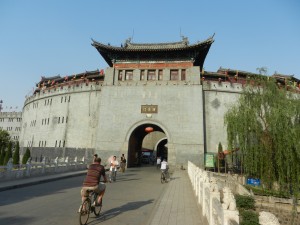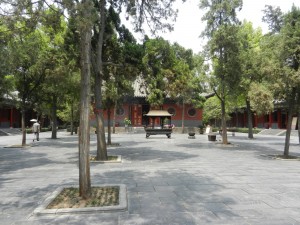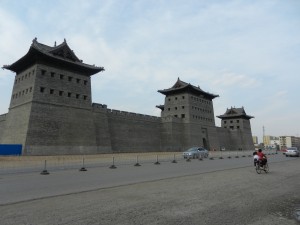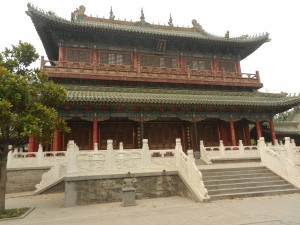Ancient China and ancient Greece and Rome are natural contrasts. Their lands are very different.
The thought patterns and art forms from both regions reflect experiences of living in different environments, and they have continuity that goes back thousands of years before both regions developed literature to express their thoughts to future folks. So we’ll dig into some of China’s deepest roots here.
Greece and Italy love the water. Their lands extend into the sea so much that they seem to want to dissolve into it. Since Indo-European communities settled there, every generation has shared the experiences of:
1. Encounters between multiple cultures and languages.
2. Trade’s central importance.
3. Distinct boundaries–coastlines and distinct cultures meeting each other–the world was more of a geography of multiple places than a single place.
Yesterday’s post on China’s Shang Dynasty explains that Chinese thought and art have usually seen the world as a unified field. Harmonious energy flows (like Yin/Yang) and hierarchical political systems with a male emperor and his officials running the show have been models of reality in China far more than linear relationships, abstract geometric shapes and geographies of distinct places have in the West.
China’s land helped shape these assumptions. Most of China’s great political centers have been far inland: the Shang capitals, Xi’an, Luoyang, the Northern Wei Dynasty’s Pingcheng, the Song Dynasty’s Kaifeng and Hangzhou, and Beijing. Emperors could rule from any of them without thinking of the sea. Cities in the southeast, like Nanjing and Guangzhou, have been exceptions, but China has usually been governed from inland cities.
Most of China’s political capitals have presided along the Yellow River and the Yangtse and their tributaries. The Shang Dynasty emerged along the Yellow River’s Central Plain. Trade wasn’t as important during the Shang Dynasty as it was in the West at the same time, when the Minoans and Mycenaeans were greatly focused on trade. Ancient Chinese states organized themselves around farming and they were more self-sufficient than ancient Greek and Roman cities were.
Ancient China’s emperors didn’t need trade as much and most transportation happened along the rivers–arteries that could be watched much more easily than open sea and jagged coastlines. It was thus easier to think of the world as one domain, which is unified by harmonious energy flows, than in the West.
And the things in these pictures became models of reality:
1. Symmetrical city walls.
2. The temple and palace laid out as a courtyard in which the focus is on a great hall.
Both command a unified space.
And emperors tried to create this unity in the social hierarchy.
So land, politics and art-forms converged into the sense of the world and universe as one unified field.
China’s focus on patriarchial families and their Confucian values, and China’s domestic architecture have also reflected this sense.
Chinese culture’s preference for a unified field is very ancient, and it has many dimensions which have strengthened each other–the stress on unity has had more riches than a single perspective would suggest.





Comments on this entry are closed.